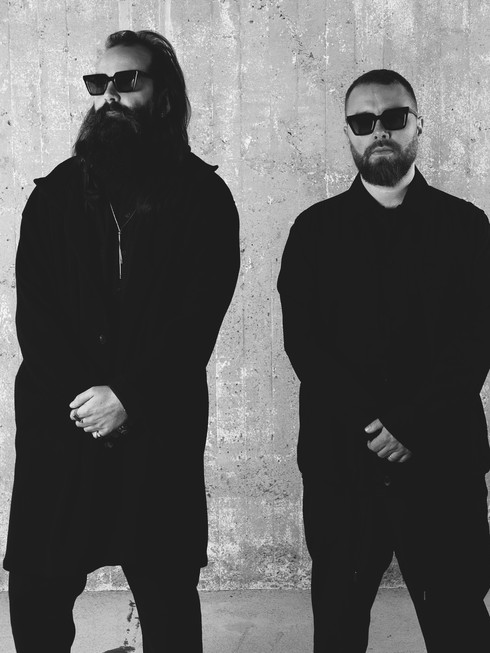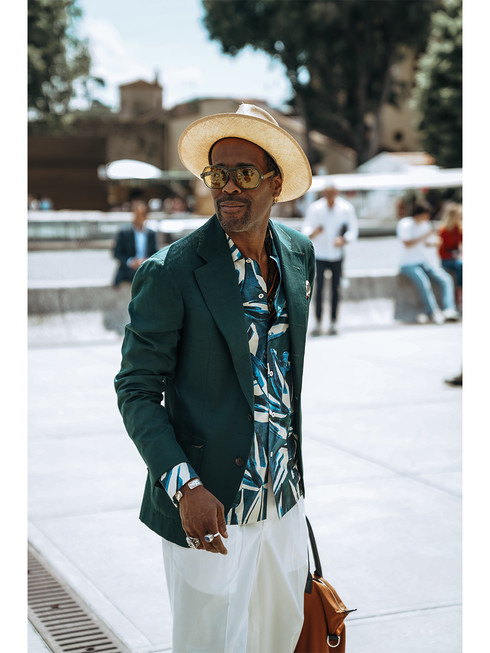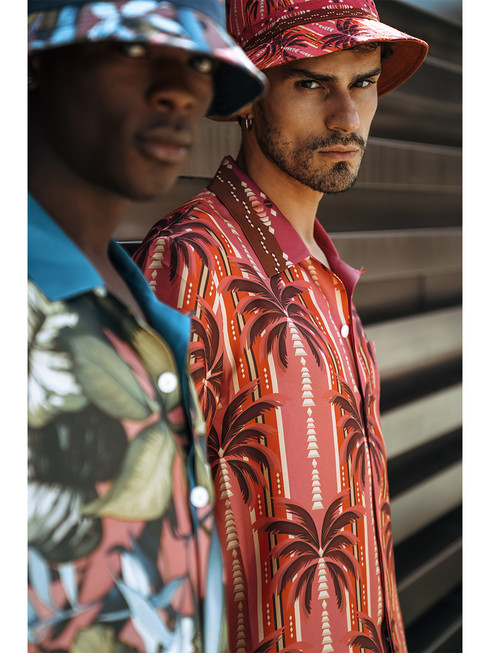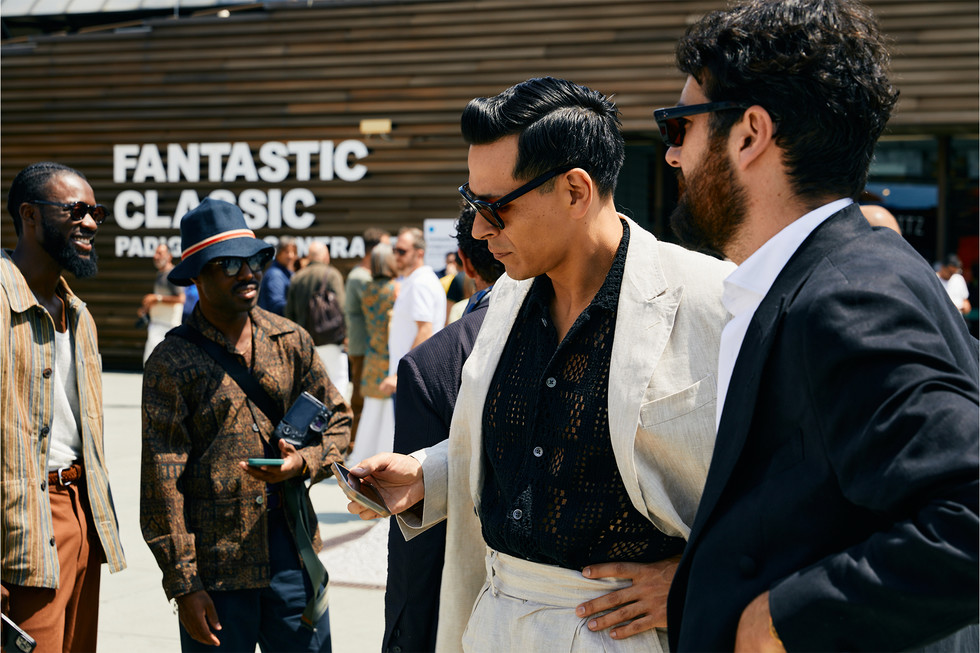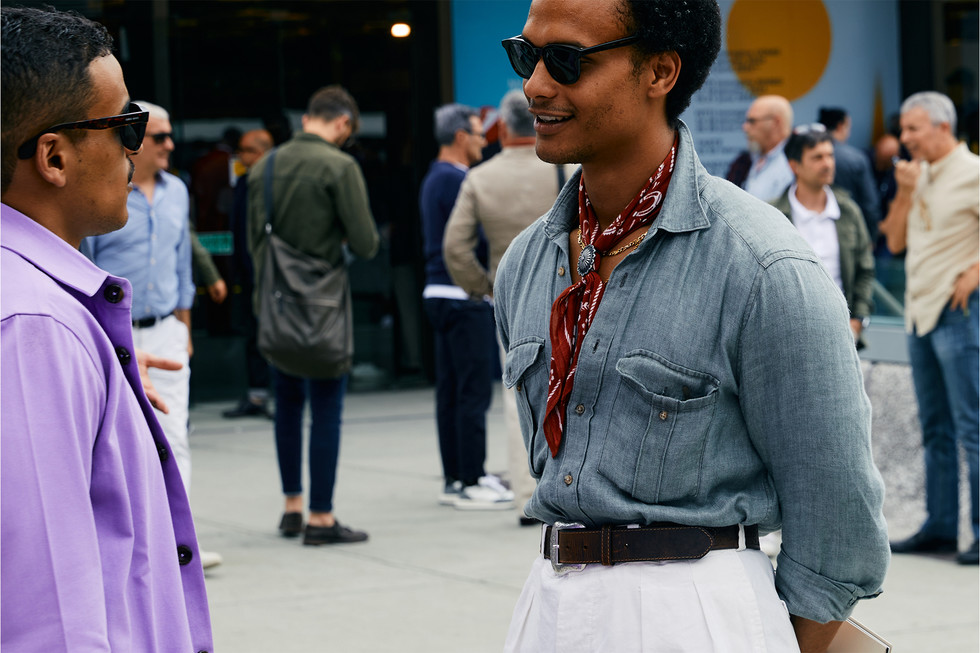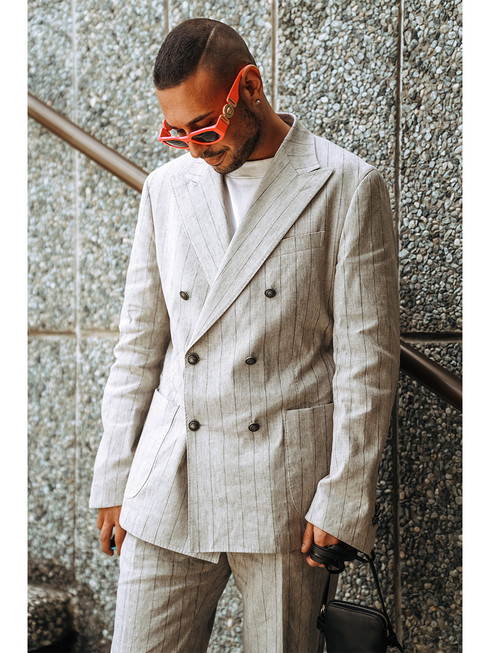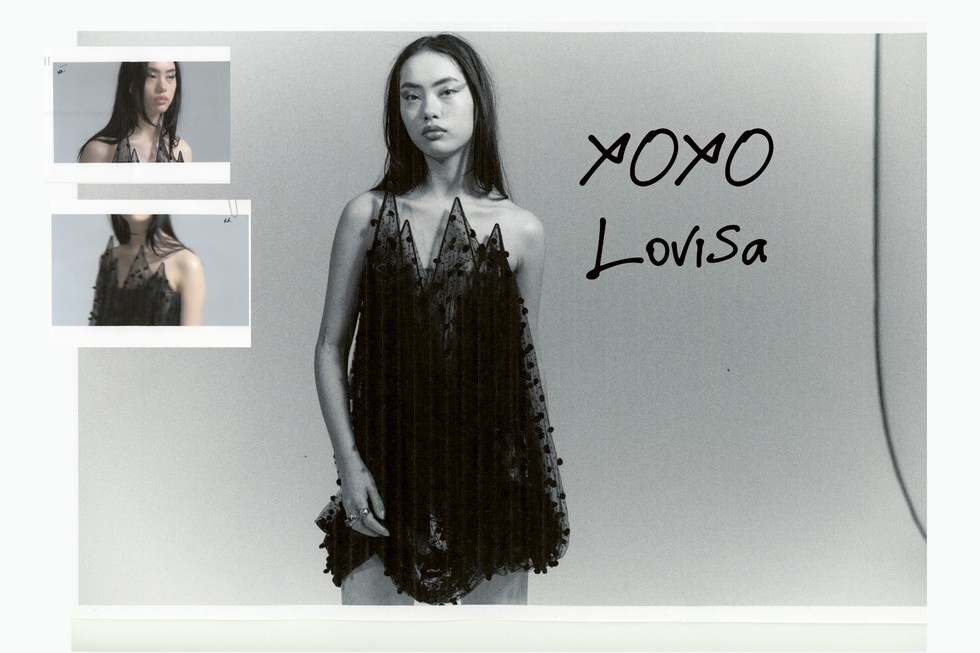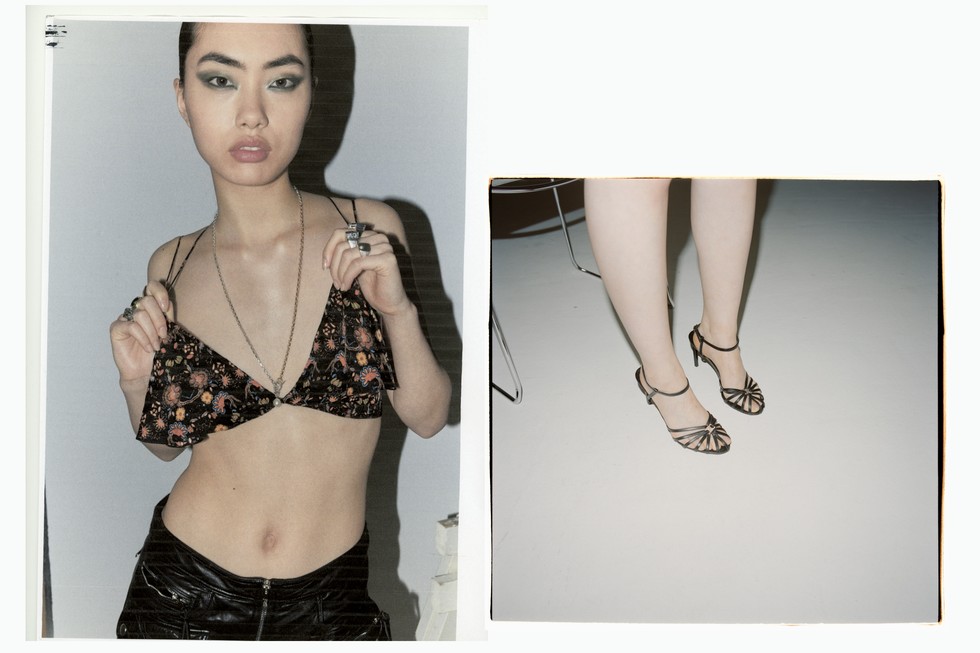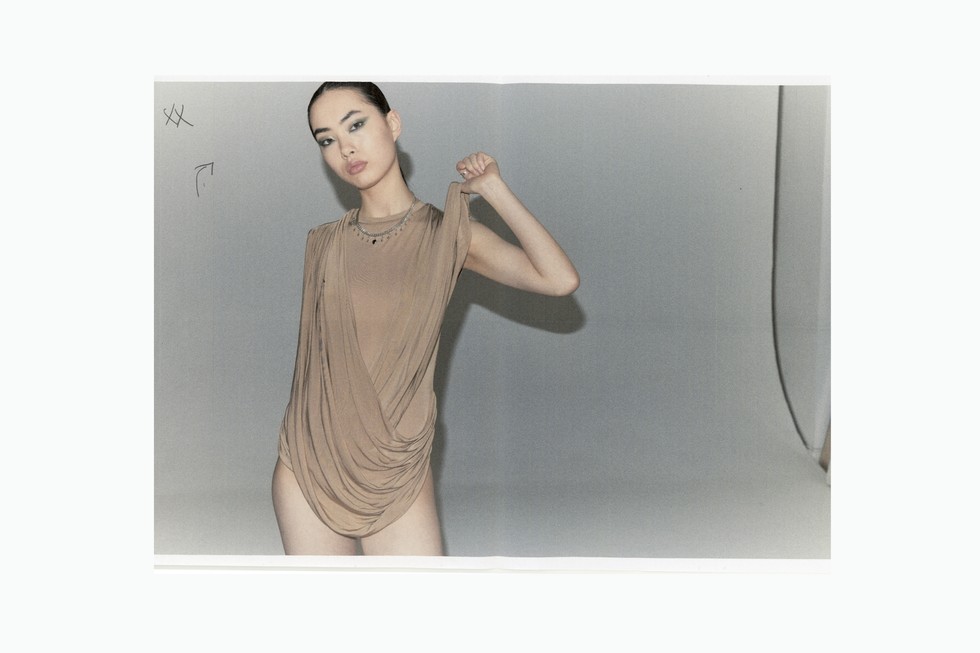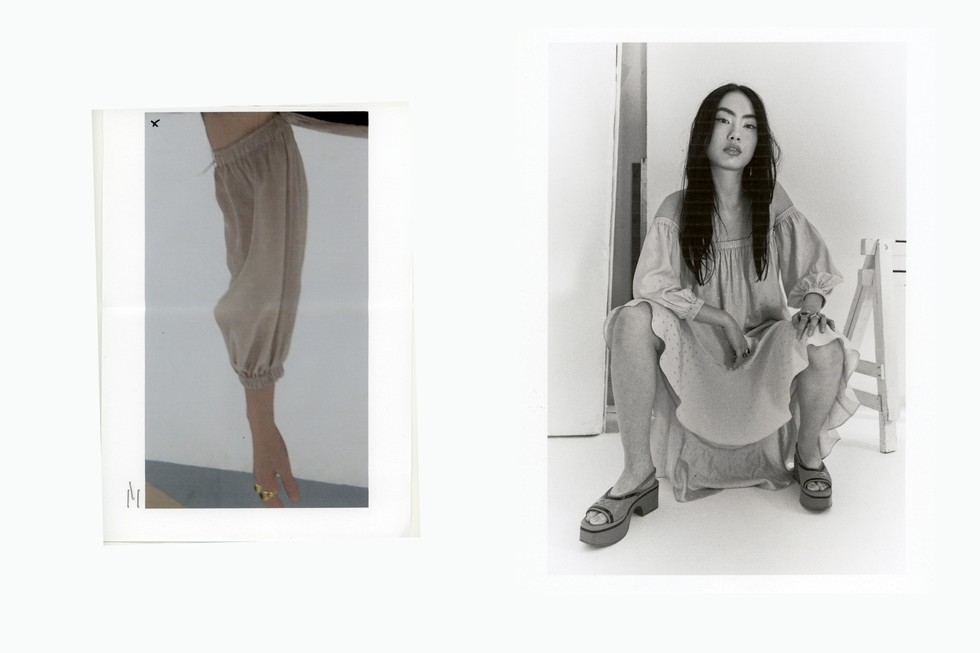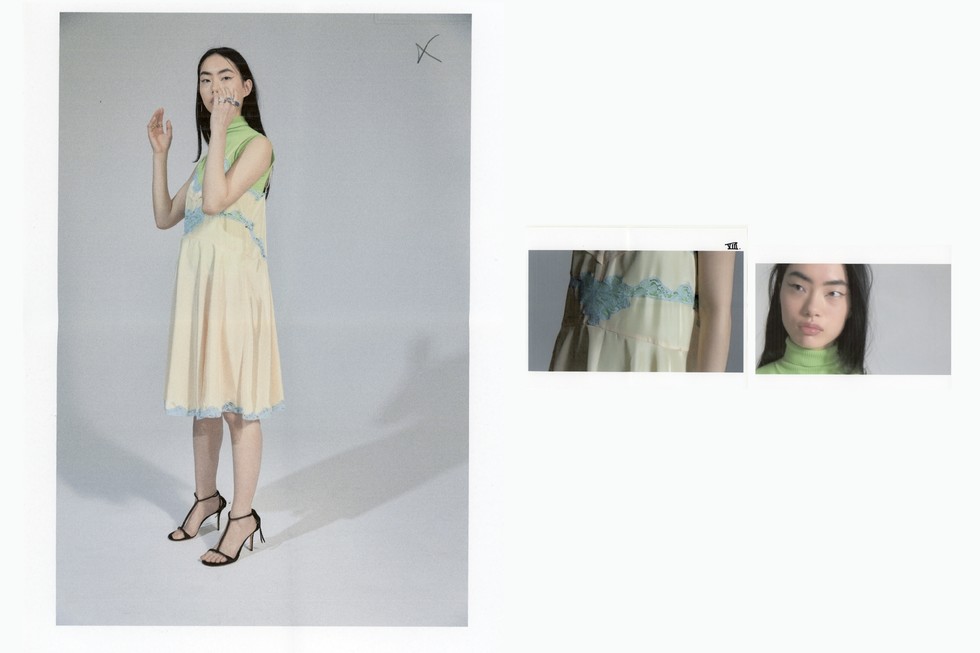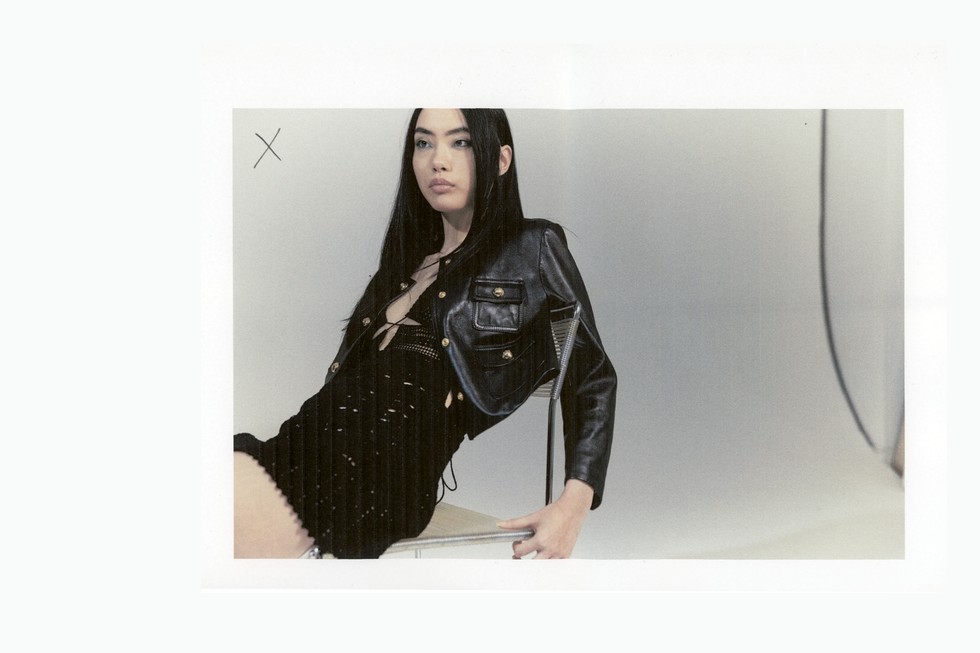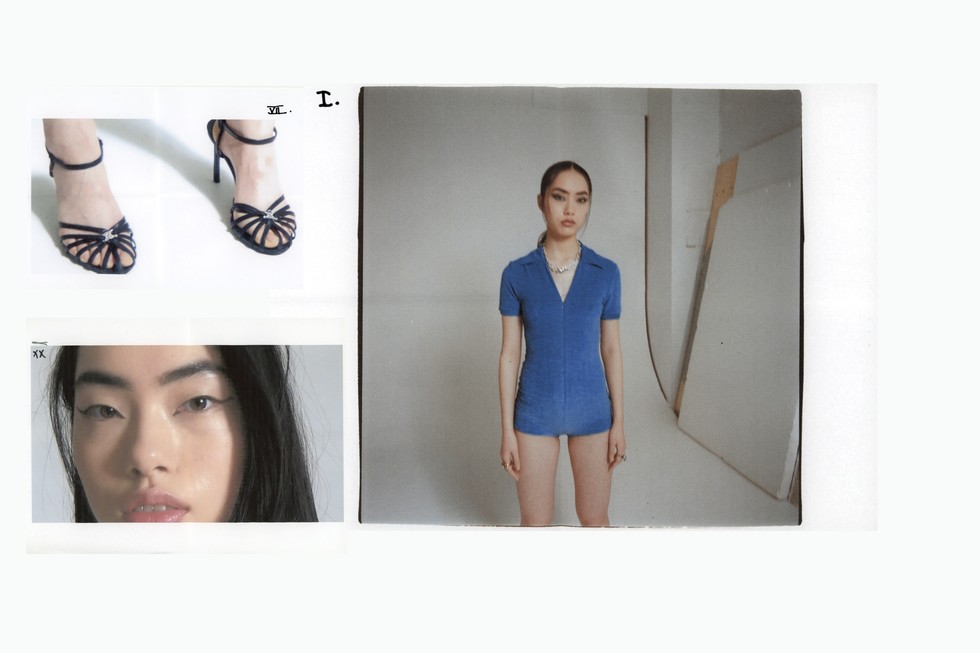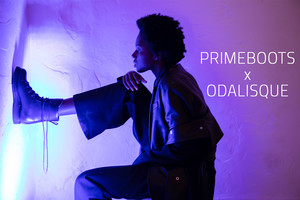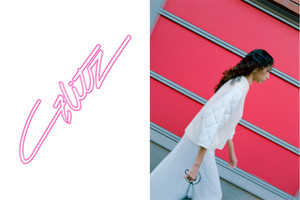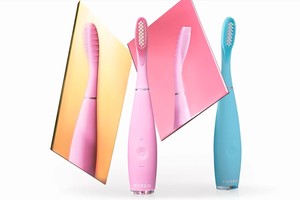OMxAasthma
Written by Jahwanna BerglundOscar Magnuson teams up with Electronic duo Aasthma
In an unexpected collaboration where eyewear meets music.
Founded in 2006, contemporary art, design, fashion and music are all influential on Oscar Magnuson’s expression.
The OM collection is defined by its expressive yet pure and balanced design and subtle palette of monochrome colours. All frames, made from eco-friendly acetate, are handmade by highly skilled craftspeople who carry out the many stages of the production in the company’s Italian factory. Sunglasses are fitted with premium high precision optical glass lenses.
How was the idea of the collaboration with Aasthma born?
We met through friends in common and started to talk about doing a project together. We directly felt we had good vibes and wanted to do a project together involving both design of frames and creation of music. It’s always interesting to mix creativity with people that work in a completely different creative field. The idea was to work with all senses; design, music and visual expression to create a limited experience.
Can you describe the collection and the inspiration behind it?
The frame used in this project is one of our favorites called Gaff, it’s a futuristic unisex frame form the core collection. We were inspired by the visual expression of the new Aasthma album and have chosen a unique futuristic blue color and silver/purpled mirrored sun lens for this project. To complete the project we are using sustainable materials such as Bio-acetate and Bio-Nylon for the lens and the box is produced in Sweden with a new eco-friendly way of cutting cardboard.
In what ways does music play a big role in your creative process and what music inspires you?
For me personally music is probably the biggest inspiration of my design. When I design a collection, I always listen to music and nearly always what I listen too will set the mood of the collection.
If I listen to classic music, it might come out softer and if I listen to electronic music, it might come out sharper. It is bit hard to tell exactly how it effects the design, but I know it does.
What brought you into designing eyewear?
I have a master’s degree in industrial design and have always been interested in production, design and culture. I think eyewear is a perfect mix between fashion and product design. I have realized working with eyewear design for 17 years that we are actually more in medicine than fashion as the frames are mostly used to correct your eyesight. That is why in the end I think my background as an industrial designer have come to serve me well as you learn a lot about the interaction between body and product.
If you wouldn't design eyewear what would you see yourself doing?
I would work in the field of product design in some way for sure. Having run a design/production business now for 10 years I have come to find design strategy very interesting and would probably work in that field.
But to be honest running an eyewear brand lets me work with all visual expressions like in the Aasthma x OM project, so I really do not see myself starting something outside “Oscar Magnuson”. I think we will just keep on exploring how far we can push the OM expression in other creative fields.


